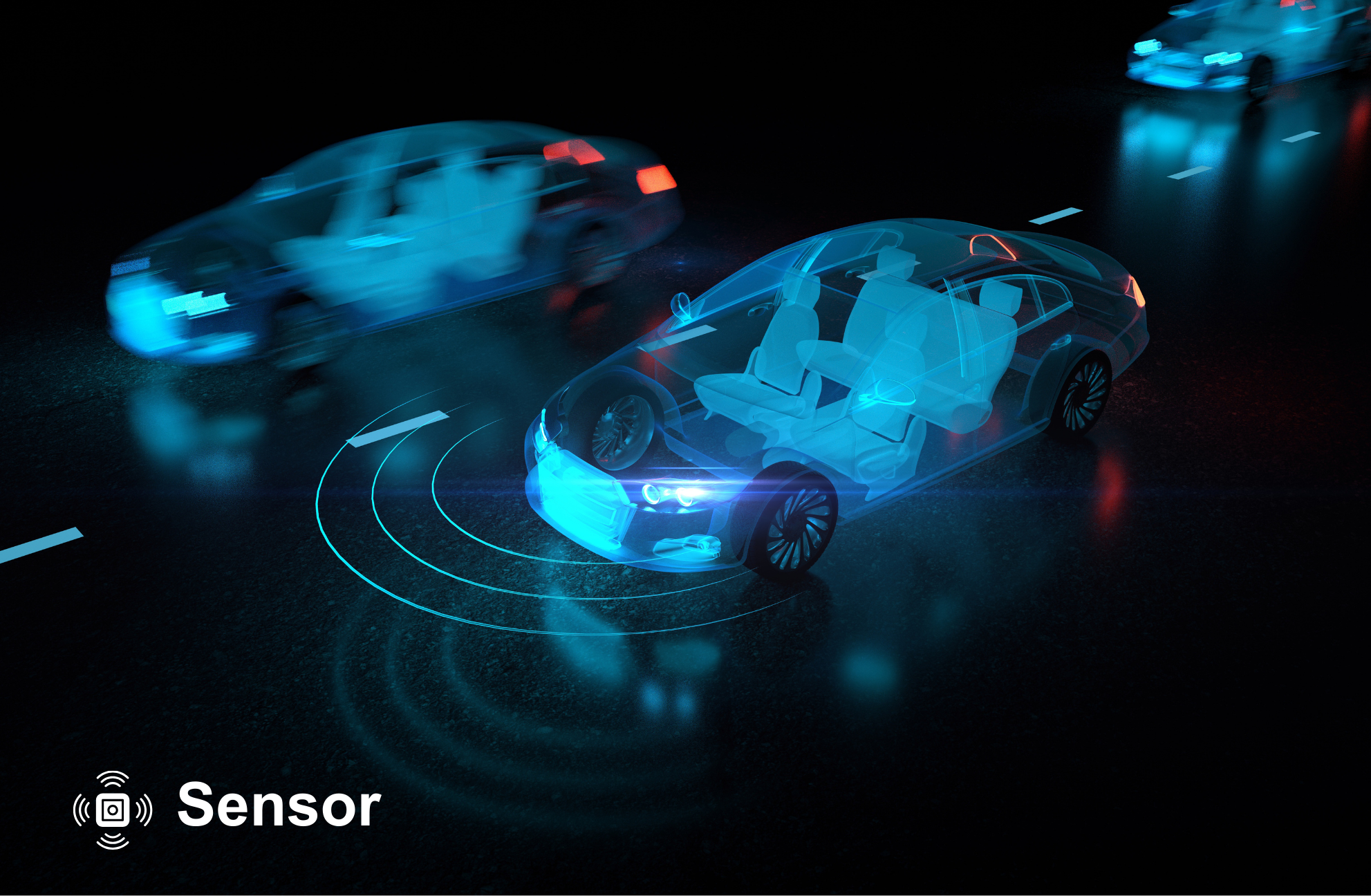Smart Antenna & Telematics
This project involved the complete system architectural design of a Smart Antenna and Telematic Control Unit for a Tier 1 supplier in Germany, integrating advanced connectivity, cybersecurity, and embedded system safety.
Project Overview
We initiated the system architecture from scratch, covering static design (interfaces, design elements), dynamic design (use case analysis to function design), and hardware-software integration. Features included e-Call, SIM, Voice, SMS, Security Storage, Cellular Data, FOTA/OTA, NFC, UWB, BLE, Bluetooth, Infotainment, MCU, SoC, WiFi, user-application framework, V2X, GNSS, Tuner, Internet Access, Driver Warning, Car Access, Positioning, and Stolen Vehicle Tracking.
Approach / Methodology
We combine hands-on coaching, independent assessments, and structured methodologies. Our approach emphasizes early identification of risks, traceable documentation, and alignment with both product and organizational goals.
Project: Architectural Design of Smart Antenna & Telematic Control Unit (Tier 1 Supplier)
Challenge / Problem Statement
The client required the complete system architectural design of a Smart Antenna and Telematic Control Unit from scratch. Key challenges included:
- Defining both static and dynamic system architecture with complex hardware-software interfaces
- Developing a flexible Core Product Platform capable of handling variants and configurations (150% approach)
- Aligning multi-disciplinary teams (hardware, software, cybersecurity) around a unified architecture
- Ensuring compliance with security standards (ISO 21434) and managing cross-cutting concerns (diagnostics, power management, etc.)
Key Achievements
- Developed core product platform using the “150% approach” and configuration management.
- Enhanced cross-department processes and technical work products through coaching and methodology introduction.
- Ensured alignment between hardware, software, and cybersecurity requirements for certification readiness.

Methodology / Process / Action Taken
1. System Architecture Initiation & Definition
- Created static design elements including internal/external interfaces and components.
- Developed dynamic design from use case analysis to function design using model-based techniques.
- Supported team members to define product features, development roadmaps, and alignments with hardware and software architectures.
2. Core Product Platform & Variant Management
- Developed Core Product Platform using 150% approach with Variant Tree analysis and configuration management.
- Delivered architectural design documentation using Enterprise Architect and Polarion Livedocs under Agile framework.
3. Cross-Disciplinary Collaboration & Security Integration
- Coordinated closely with Cybersecurity Manager to define Threat Analysis and Risk Assessment (TARA) prerequisites per ISO 21434.
- Incorporated cybersecurity, CAN bus, diagnostics, error detection, scheduling, memory, power management, and variant management into system design.
Industry / Sector
Automotive, connected vehicles, telematics systems
Contact
Learn how our systems engineering and cybersecurity expertise can drive success in your telematics projects.

